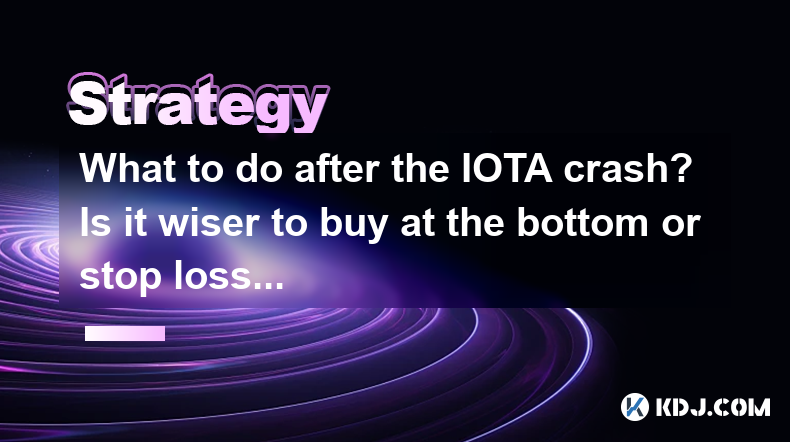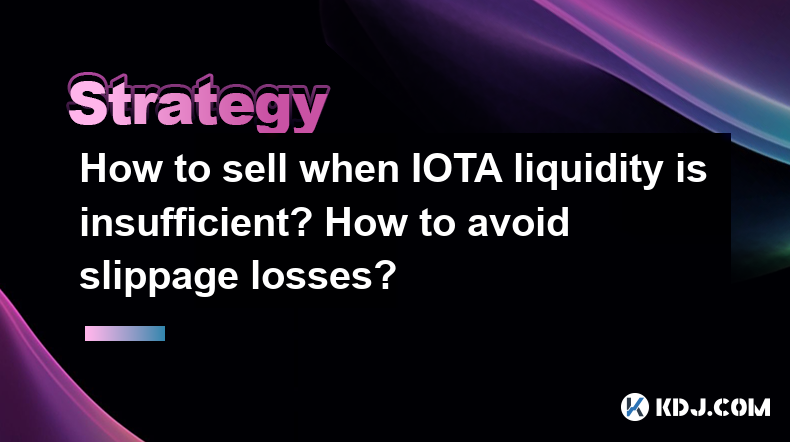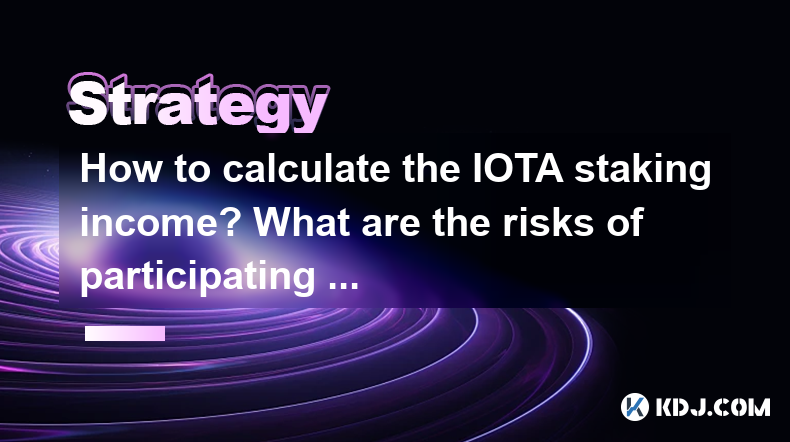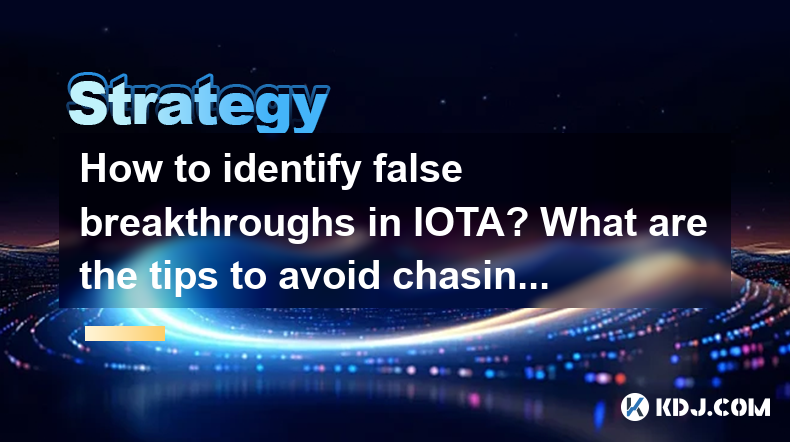-
 Bitcoin
Bitcoin $95,448.4891
0.60% -
 Ethereum
Ethereum $1,820.2157
0.81% -
 Tether USDt
Tether USDt $1.0001
-0.02% -
 XRP
XRP $2.2095
-0.97% -
 BNB
BNB $601.6319
-0.28% -
 Solana
Solana $150.9653
2.43% -
 USDC
USDC $1.0001
-0.01% -
 Dogecoin
Dogecoin $0.1763
0.77% -
 Cardano
Cardano $0.6987
0.09% -
 TRON
TRON $0.2488
1.52% -
 Sui
Sui $3.5442
0.37% -
 Chainlink
Chainlink $14.8884
2.17% -
 Avalanche
Avalanche $21.3181
-1.33% -
 Stellar
Stellar $0.2734
-1.81% -
 UNUS SED LEO
UNUS SED LEO $8.9499
-1.05% -
 Shiba Inu
Shiba Inu $0.0...01338
-0.09% -
 Hedera
Hedera $0.1855
-0.48% -
 Toncoin
Toncoin $3.1472
-2.64% -
 Bitcoin Cash
Bitcoin Cash $366.3480
0.19% -
 Hyperliquid
Hyperliquid $19.9458
7.55% -
 Polkadot
Polkadot $4.1492
0.58% -
 Litecoin
Litecoin $85.7456
1.11% -
 Dai
Dai $1.0000
-0.02% -
 Bitget Token
Bitget Token $4.3631
-0.77% -
 Monero
Monero $274.4381
-0.82% -
 Ethena USDe
Ethena USDe $1.0002
0.06% -
 Pi
Pi $0.6123
6.34% -
 Pepe
Pepe $0.0...08934
0.44% -
 Aptos
Aptos $5.4314
0.57% -
 Uniswap
Uniswap $5.2917
-0.87%
What does the sudden increase in SHIB trading volume mean? Is it a buy signal?
A sudden spike in SHIB trading volume can signal strong interest but isn't a definitive buy signal; consider context, price action, and market trends before investing.
May 01, 2025 at 09:00 am

The sudden increase in SHIB trading volume has sparked significant interest among cryptocurrency enthusiasts and investors. This phenomenon often raises questions about its implications and whether it serves as a buy signal. To understand what a surge in SHIB trading volume might indicate, it's essential to delve into the various factors at play and how they can influence the decision-making process of potential investors.
Understanding Trading Volume
Trading volume refers to the total number of SHIB tokens that are bought and sold within a specific period, usually a day. It is a critical metric in the cryptocurrency market because it provides insights into the level of interest and activity surrounding a particular token. When trading volume for SHIB suddenly increases, it means that more investors are actively trading the token, which can be influenced by various factors.
Factors Contributing to Increased SHIB Trading Volume
Several elements can lead to a sudden spike in SHIB trading volume. One of the primary factors is market sentiment. Positive news or developments related to SHIB, such as partnerships, technological upgrades, or endorsements from influential figures, can boost investor confidence and drive trading activity. Conversely, negative news or regulatory concerns can also cause a surge in volume as investors rush to buy or sell based on the latest information.
Another factor is market manipulation. In the cryptocurrency world, "pump and dump" schemes are not uncommon. These schemes involve artificially inflating the price of a token through coordinated buying, which increases trading volume, only for the orchestrators to sell off their holdings at a profit, leaving other investors with losses. It's crucial to be aware of these tactics when interpreting sudden spikes in SHIB trading volume.
Technical analysis also plays a role. Traders often use volume as a confirmation tool for price movements. For instance, if SHIB's price breaks out of a resistance level with high volume, it may be seen as a stronger signal of a potential upward trend. Conversely, a price drop accompanied by high volume might indicate a bearish outlook.
Is a Sudden Increase in SHIB Trading Volume a Buy Signal?
Determining whether a sudden increase in SHIB trading volume is a buy signal requires a nuanced approach. While high volume can indicate strong interest and potential momentum, it is not a definitive indicator on its own. Here are some considerations to keep in mind:
Context Matters: It's essential to understand the context behind the volume spike. Is it driven by positive news, market manipulation, or a technical breakout? Each scenario can have different implications for the token's future price movement.
Price Action: Look at the price action alongside the volume increase. If the price is also rising, it might suggest bullish momentum. However, if the price is declining despite high volume, it could indicate a bearish trend.
Volume Confirmation: High volume should ideally confirm the price movement. For example, if SHIB breaks out of a resistance level with significantly higher volume than usual, it might be a more reliable signal than a breakout with low volume.
Market Trends: Consider the broader market trends. If the entire cryptocurrency market is experiencing a surge in trading activity, SHIB's increased volume might be part of a larger trend rather than a unique signal for the token itself.
Risks and Considerations
Investing in SHIB or any cryptocurrency based solely on trading volume can be risky. Here are some risks to consider:
Volatility: Cryptocurrencies are known for their high volatility. A sudden increase in trading volume can lead to rapid price fluctuations, which can be both an opportunity and a risk for investors.
Market Manipulation: As mentioned earlier, high volume can sometimes be the result of manipulative practices. It's crucial to conduct thorough research and remain cautious of potential schemes.
Lack of Fundamentals: Unlike traditional investments, many cryptocurrencies, including SHIB, lack strong fundamentals. Their value is often driven by speculation and market sentiment rather than underlying business performance.
How to Analyze SHIB Trading Volume
To effectively analyze SHIB trading volume, investors can follow these steps:
Monitor Trading Platforms: Use reputable cryptocurrency trading platforms that provide real-time data on SHIB's trading volume. Platforms like Binance, Coinbase, and others offer detailed volume charts.
Use Technical Analysis Tools: Employ technical analysis tools such as volume indicators, moving averages, and other chart patterns to assess the significance of the volume spike. Tools like the Volume Weighted Average Price (VWAP) can help determine the average price at which SHIB has traded throughout the day, weighted by volume.
Stay Informed: Keep up-to-date with the latest news and developments related to SHIB. Websites, forums, and social media can provide valuable insights into what might be driving the increased trading activity.
Compare Historical Data: Compare the current trading volume with historical data to understand whether the spike is significant. If the volume is unusually high compared to previous periods, it may warrant further investigation.
Consult Multiple Sources: Don't rely on a single source of information. Cross-reference data from various platforms and analyses to get a comprehensive view of SHIB's trading activity.
Case Studies of SHIB Volume Spikes
Looking at past instances where SHIB experienced sudden increases in trading volume can provide valuable lessons. For example, in early 2021, SHIB saw a significant volume spike following endorsements from high-profile figures like Elon Musk. This led to a sharp increase in price, but it was followed by a period of high volatility. Analyzing such cases can help investors understand the potential outcomes of similar events in the future.
Another instance was in late 2022 when SHIB announced a partnership with a major blockchain platform. The news led to a surge in trading volume and a subsequent price increase. However, the gains were short-lived, highlighting the importance of not solely relying on volume spikes as buy signals.
Frequently Asked Questions
Q: Can a sudden increase in SHIB trading volume be a sell signal instead of a buy signal?
A: Yes, a sudden increase in trading volume can also be a sell signal, particularly if it is accompanied by a significant price drop. High volume during a price decline might indicate that many investors are selling off their holdings, potentially signaling a bearish trend.
Q: How can I distinguish between genuine interest and market manipulation when SHIB's trading volume spikes?
A: Distinguishing between genuine interest and market manipulation can be challenging. Look for consistent volume increases over time rather than sudden spikes. Additionally, monitor social media and forums for coordinated efforts to pump the price, and be wary of overly optimistic or unrealistic claims about SHIB's future.
Q: Are there any tools or indicators specifically designed to analyze SHIB trading volume?
A: Yes, several tools and indicators can help analyze SHIB trading volume. The On-Balance Volume (OBV) indicator, for instance, uses volume flow to predict changes in stock price. The Chaikin Money Flow (CMF) is another tool that combines price and volume to measure the buying and selling pressure for a specific period. These tools can provide additional insights into SHIB's trading activity.
Q: How often should I check SHIB's trading volume to make informed investment decisions?
A: The frequency of checking SHIB's trading volume depends on your investment strategy. For short-term traders, daily or even hourly monitoring might be necessary. Long-term investors might check volume less frequently, perhaps weekly or monthly, to gauge overall trends and sentiment.
Disclaimer:info@kdj.com
The information provided is not trading advice. kdj.com does not assume any responsibility for any investments made based on the information provided in this article. Cryptocurrencies are highly volatile and it is highly recommended that you invest with caution after thorough research!
If you believe that the content used on this website infringes your copyright, please contact us immediately (info@kdj.com) and we will delete it promptly.
- Amid the contraction of the American economy, bitcoin could paradoxically benefit from it
- 2025-05-01 17:25:12
- Worldcoin WLD/USD Launches in the U.S., Promises New Orb Mini Device and Visa Debit Card
- 2025-05-01 17:25:12
- Bitcoin HODLer Whales Have Broken Their Silence Recently
- 2025-05-01 17:20:14
- Bitcoin Mining May Hold The Key
- 2025-05-01 17:20:14
- RCO Finance (RCOF) Attracts XRP Whales with $7.5M Investment From a Crypto Institutional Investor
- 2025-05-01 17:15:12
- Ripple Rejected Circle's Offer to Acquire the Prominent Stablecoin Issuer, Bloomberg Reports
- 2025-05-01 17:15:12
Related knowledge

What to do after the IOTA crash? Is it wiser to buy at the bottom or stop loss?
May 01,2025 at 08:43am
After experiencing a significant crash in the value of IOTA, investors and traders are often left wondering about the best course of action. The decision to buy at the bottom or implement a stop loss can be pivotal, and understanding the nuances of each strategy is essential for making informed decisions. This article delves into the various approaches ...

Is the IOTA trading robot easy to use? How to set up an automated strategy?
Apr 30,2025 at 09:21pm
Is the IOTA trading robot easy to use? How to set up an automated strategy? The world of cryptocurrency trading has seen significant advancements in automation, and one such tool is the IOTA trading robot. Many traders are curious about the ease of use of these robots and how to set up an automated strategy. This article will delve into these topics, pr...

How to sell when IOTA liquidity is insufficient? How to avoid slippage losses?
Apr 30,2025 at 05:21pm
Understanding IOTA LiquidityWhen dealing with cryptocurrencies like IOTA, liquidity refers to how easily you can buy or sell the asset without affecting its market price significantly. Insufficient liquidity in IOTA can lead to challenges such as slippage, where the price at which your order is executed differs from the price you expected. This article ...

How to calculate the IOTA staking income? What are the risks of participating in staking?
Apr 30,2025 at 10:01pm
Introduction to IOTA StakingIOTA is a distributed ledger technology that enables feeless microtransactions and data integrity for the Internet of Things (IoT). Recently, IOTA introduced staking, allowing users to participate in network validation and earn rewards. Understanding how to calculate your potential income from IOTA staking and the associated ...

How to identify false breakthroughs in IOTA? What are the tips to avoid chasing ups and downs?
May 01,2025 at 08:15am
In the volatile world of cryptocurrencies, IOTA, like other digital assets, is prone to false breakthroughs that can mislead investors. Identifying these false signals and avoiding the pitfalls of chasing ups and downs are critical skills for any investor. This article will delve into the strategies to spot false breakthroughs in IOTA and provide tips t...

What are the skills for position management in FORM? How to dynamically adjust the position ratio?
Apr 30,2025 at 10:56pm
Introduction to Position Management in FORMPosition management is a crucial aspect of trading, especially in the volatile world of cryptocurrencies. In the context of FORM, a popular decentralized finance (DeFi) platform, effective position management can significantly enhance your trading performance. This article will delve into the skills required fo...

What to do after the IOTA crash? Is it wiser to buy at the bottom or stop loss?
May 01,2025 at 08:43am
After experiencing a significant crash in the value of IOTA, investors and traders are often left wondering about the best course of action. The decision to buy at the bottom or implement a stop loss can be pivotal, and understanding the nuances of each strategy is essential for making informed decisions. This article delves into the various approaches ...

Is the IOTA trading robot easy to use? How to set up an automated strategy?
Apr 30,2025 at 09:21pm
Is the IOTA trading robot easy to use? How to set up an automated strategy? The world of cryptocurrency trading has seen significant advancements in automation, and one such tool is the IOTA trading robot. Many traders are curious about the ease of use of these robots and how to set up an automated strategy. This article will delve into these topics, pr...

How to sell when IOTA liquidity is insufficient? How to avoid slippage losses?
Apr 30,2025 at 05:21pm
Understanding IOTA LiquidityWhen dealing with cryptocurrencies like IOTA, liquidity refers to how easily you can buy or sell the asset without affecting its market price significantly. Insufficient liquidity in IOTA can lead to challenges such as slippage, where the price at which your order is executed differs from the price you expected. This article ...

How to calculate the IOTA staking income? What are the risks of participating in staking?
Apr 30,2025 at 10:01pm
Introduction to IOTA StakingIOTA is a distributed ledger technology that enables feeless microtransactions and data integrity for the Internet of Things (IoT). Recently, IOTA introduced staking, allowing users to participate in network validation and earn rewards. Understanding how to calculate your potential income from IOTA staking and the associated ...

How to identify false breakthroughs in IOTA? What are the tips to avoid chasing ups and downs?
May 01,2025 at 08:15am
In the volatile world of cryptocurrencies, IOTA, like other digital assets, is prone to false breakthroughs that can mislead investors. Identifying these false signals and avoiding the pitfalls of chasing ups and downs are critical skills for any investor. This article will delve into the strategies to spot false breakthroughs in IOTA and provide tips t...

What are the skills for position management in FORM? How to dynamically adjust the position ratio?
Apr 30,2025 at 10:56pm
Introduction to Position Management in FORMPosition management is a crucial aspect of trading, especially in the volatile world of cryptocurrencies. In the context of FORM, a popular decentralized finance (DeFi) platform, effective position management can significantly enhance your trading performance. This article will delve into the skills required fo...
See all articles




















































































